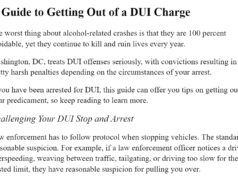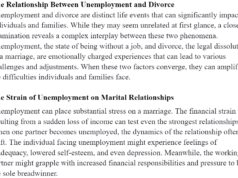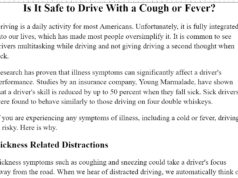SPONSORED CONTENT
The use of pesticides is something that has been one of the most controversial topics in the headlines for years. Environmentalists urge people to stop using them due to the fact that they can cause serious diseases, such as cancer. They also destroy the natural habitats of wildlife. Amidst all of this awareness, however, the Environmental Protection Agency (EPA) just struck down claims that a certain pesticide causes brain damage in children. Of course, an infant’s brain is still developing and is susceptible to harm.
This claim of brain injury to kids was made by environmental groups, and scientists have performed studies to back up those findings. Scientists say the pesticide chlorpyrifos can cause brain injuries, particularly in young children and in fetuses that have not yet been born. Concern around chlorpyrifos has grown over recent years that many states, including California, have banned it. Yet, the EPA says there is nothing they can do just yet to get it off the market permanently.
“This is a huge setback for the environment, but for the public as well,” says John M. Cooper of Cooper Hurley Injury Lawyers. “So much research has been done on this pesticide. This is particularly true with the research investigating the effects on the brains of children, a vulnerable sector of our society. One really has to wonder why the government agency is not prepared to do anything about it.”
They are not, though. In a recent decision, the EPA stated environmental groups had not proven the pesticide was unsafe. This has also not been the first time the pesticide, or the EPA has come under fire. In the summer of 2018, a panel of three judges ordered the EPA to ban the sale of the pesticide. Unfortunately, a judge later overturned this ruling.
Since disagreeing with environmental groups, the EPA has said they will continue to review the pesticide and its effects, and they will make a decision by 2020. The government often caters to the big companies and chemical lobby, even if it puts our children at risk.














![Monday News: Trump’s Lunacy Pushes China, Russia, India, etc. Together; “Happy Labor Day. Donald Trump and Elon Musk Are Screwing Workers.”; “Where is the [media’s] intense focus on Trump’s failing health?”; ““Trump says he is not a dictator. Isn’t he?”](https://bluevirginia.us/wp-content/uploads/2025/09/montage0901-100x75.jpg)